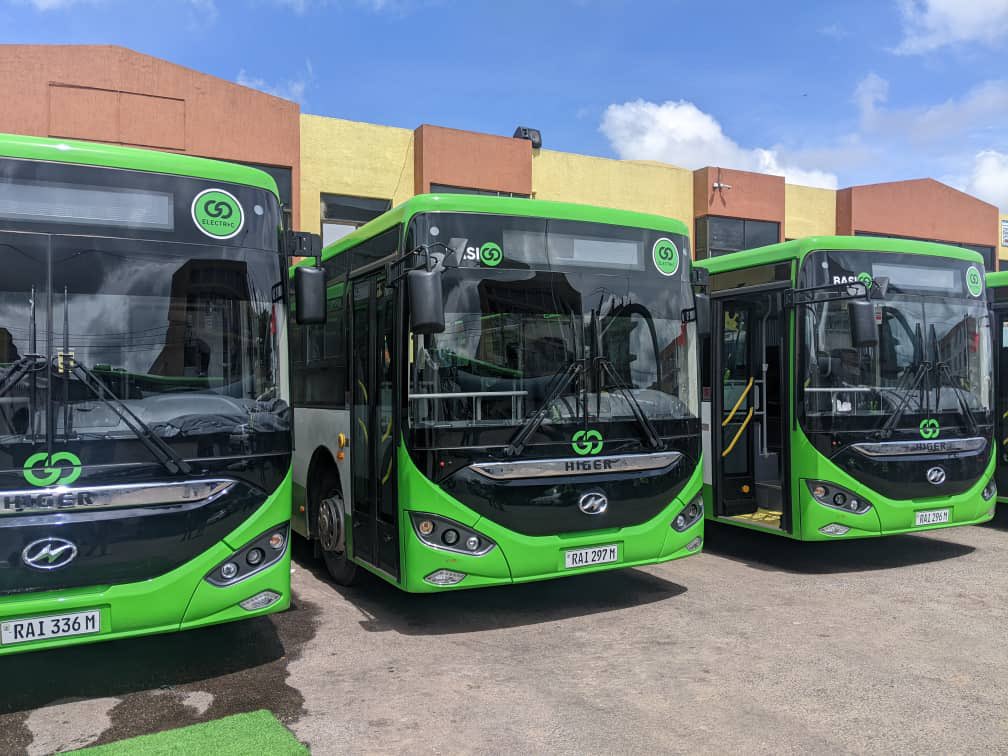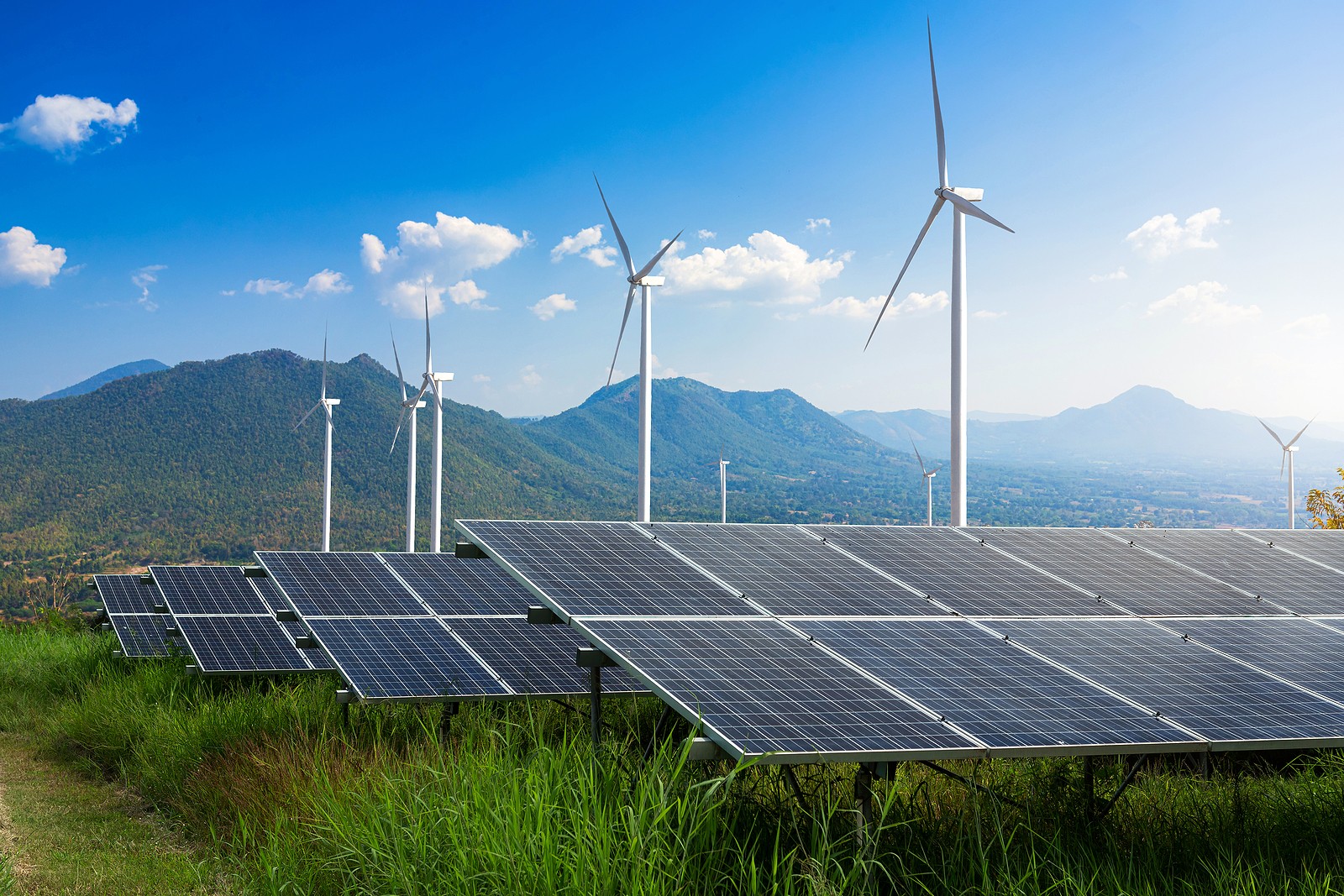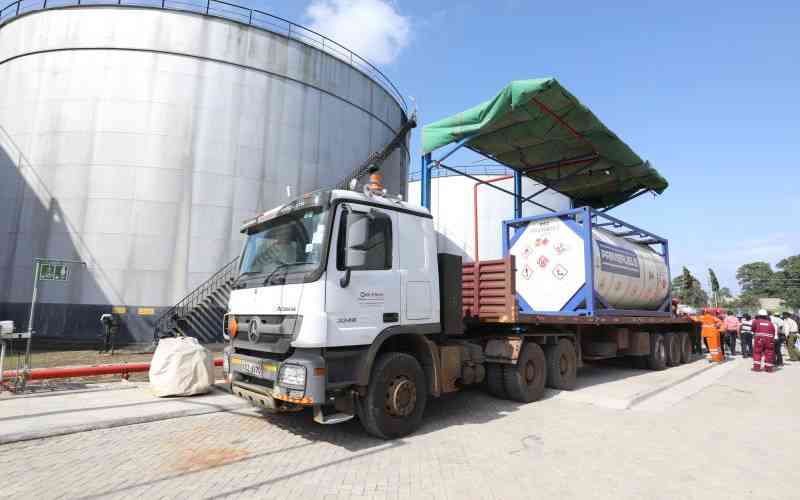Senegal plans to stop importing natural gas by 2026, pivoting to newly available domestic supply to power its grid and industry. Prime Minister Ousmane Sonko says the shift will save the treasury roughly 140 billion CFA francs annually and help lower electricity costs by replacing imported LNG and fuel oil with local gas.
Two upstream milestones underpin the target:
- Greater Tortue Ahmeyim (GTA) — a cross-border Mauritania–Senegal LNG project operated by bp and Kosmos achieved first gas at the end of 2024, with Phase 1 designed for about 2.3 — 2.5 mtpa of LNG and a share allocated to the host countries.
- Yakaar–Teranga — Senegal’s flagship domestic gas hub off Dakar is being accelerated with a development concept oriented toward both export and dedicated domestic volumes for power generation and industry. Public plans indicate up to 150 million cubic feet per day allocated for the local market at peak in the first phase.
Together, these resources allow Senegal to substitute imported gas with home-produced supply, anchoring the government’s Gas-to-Power strategy and its broader aim of energy independence.
The strategy’s first practical step is in the power sector:
- Fuel switching at existing plants. Senelec is converting multiple heavy-fuel-oil stations at Bel Air and Cap des Biches to run on natural gas once supply becomes available, cutting both fuel costs and emissions.
- Cap des Biches CCGT (≈300 MW). The West Africa Energy combined-cycle project in Dakar is set to become the country’s largest thermal plant and a keystone of the gas era. It has progressed through inauguration and partial commissioning milestones while awaiting stable gas supply.
- Efficiency and emissions dividends. Switching from heavy fuel oil to gas at Cap des Biches alone is expected to cut CO₂ intensity by roughly 30%, while improving unit efficiency and reducing local air pollutants.
The government’s projected CFA 140 billion annual saving comes primarily from avoiding LNG cargoes and expensive liquid fuels, plus lower losses from price volatility and currency exposure. Over time, this can ease the subsidy burden and stabilize Senelec’s cost base, critical for tariff relief and financial sustainability. Sonko has framed the policy explicitly around lowering electricity bills for homes and businesses.
Also read: Kenya Secures Sh22 Billion to Boost EV Manufacturing and Cut Power Costs
While the trajectory favours self-sufficiency by 2026, three execution risks remain:
- Project reliability and commissioning hiccups. Early 2025 saw a minor leak reported during GTA commissioning tests; although impact was minimal, it highlighted the risk of start-up delays.
- Partner transitions and timelines at Yakaar–Teranga. The project has experienced operator changes and evolving concepts. The timeline is ambitious, and final investment steps will determine how quickly sustained volumes reach the domestic market.
- Infrastructure sequencing. Delivering gas to power plants requires synchronized pipelines, interconnections, and plant-side modifications. Any slippage could temporarily prolong imports even as domestic output grows.
How “ending imports” interacts with exports and regional trade
“Ending imports” for domestic use does not preclude exporting LNG to global markets. GTA Phase 1 is primarily an export project, but host-country offtake clauses and complementary domestic projects are intended to secure molecules for Senegal’s grid and industries. In effect, Senegal’s plan is to replace imported LNG with domestic gas, not to exit the LNG market entirely. Over time, a balanced portfolio, domestic allocation plus exports, can hedge price cycles and bring in foreign exchange while still powering local development.
Gas is being framed as a bridge fuel that complements wind, solar, and hydro by providing firm capacity and ramping capability. With the Taïba N’Diaye wind farm and expanding solar fleets, reliable gas-fired generation can reduce curtailment, support grid stability, and enable deeper renewable penetration, particularly if coupled with battery storage.















